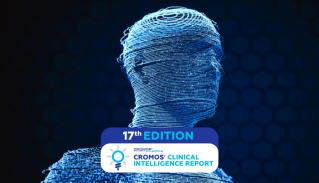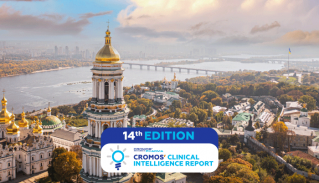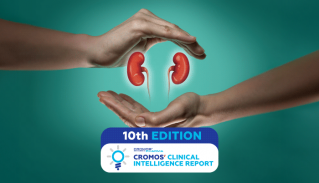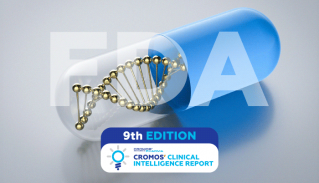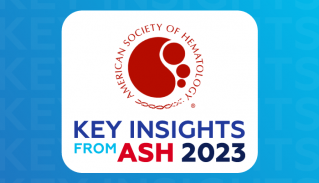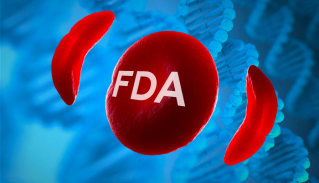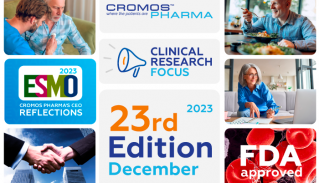
Rezdiffra Approval Sheds Light on the Challenges of NASH Diagnosis and Fibrosis Identification
The recent approval of Rezdiffra (resmetirom), a novel therapeutic for the treatment of non-alcoholic steatohepatitis (NASH) with moderate to advanced liver fibrosis, marks a significant milestone in the fight against this increasingly prevalent liver disease. However, the journey to this point underscores the persistent challenges faced by healthcare professionals in diagnosing NASH and identifying fibrosis levels in affected patients.
About the Approval
The drug’s safety and efficacy were evaluated through a 54-month, randomized, double-blind placebo-controlled trial, focusing on a surrogate endpoint at 12 months that measured liver inflammation and scarring. The ongoing trial involved 888 subjects who were randomized to receive either placebo, 80 mg of Rezdiffra, or 100 mg of Rezdiffra daily, alongside standard care including dietary and exercise counseling. After one year, liver biopsies indicated that a significantly higher proportion of subjects treated with Rezdiffra showed either resolution of NASH or improvement in liver scarring compared to those on placebo. Specifically, 26% to 27% on 80 mg and 24% to 36% on 100 mg of Rezdiffra achieved NASH resolution without worsening scarring, versus 9% to 13% receiving placebo. Additionally, 23% on 80 mg and 24% to 28% on 100 mg showed scarring improvement with no worsening of NASH, compared to 13% to 15% with placebo. These findings underscore the slow progression of NASH, where significant changes are often not seen for years. Furthermore, the sponsor is mandated to complete the full 54-month study to confirm and detail Rezdiffra’s clinical benefits, illustrating a proactive regulatory approach to understanding long-term outcomes.
Understanding NASH and Its Impact
NASH is a more severe form of non-alcoholic fatty liver disease (NAFLD), characterized by liver inflammation and damage caused by fat buildup in the liver. It can progress to more serious conditions like fibrosis, cirrhosis, and hepatocellular carcinoma. The global rise in obesity and type 2 diabetes has seen NASH become a critical healthcare challenge, with significant implications for patient morbidity and healthcare costs.
The Challenges of Diagnosing NASH
One of the primary obstacles in the management of NASH is the difficulty in diagnosis. NASH shares many pathological features with other metabolic conditions, but without specific symptoms, its identification remains elusive in the early stages. Traditionally, a liver biopsy has been the gold standard for diagnosing NASH. However, this method is invasive and not feasible for large-scale screenings. Moreover, the procedure carries risks such as pain, bleeding, and infection, and may not always provide an accurate representation of the liver’s overall condition due to sampling error.
The lack of non-invasive diagnostic tools has been a significant hurdle. While advances have been made in imaging technologies such as elastography, which can measure liver stiffness as an indirect marker of fibrosis, these are not universally available and can be cost-prohibitive. Biochemical markers and scoring systems like the NAFLD Fibrosis Score or the FIB-4 index offer some promise but often lack the specificity needed for effective widespread screening and early detection.
Identifying Fibrosis in NASH Patients
Fibrosis detection is another critical challenge. The progression of fibrosis in NASH patients is a major predictor of long-term outcomes and determines the urgency and type of treatment. However, accurately staging the level of fibrosis non-invasively remains problematic. Technologies like Magnetic Resonance Elastography (MRE) are improving accuracy but require more validation and are not yet standard in clinical practice.
The development of biomarkers that can reliably predict fibrosis stages in NASH is an area of intense research. Pharmaceutical and biotech companies are investing heavily in this space, recognizing the potential market for therapies that could halt or reverse fibrosis in NASH patients. The approval of Rezdiffra is a testament to the innovation in this field, offering a new avenue of treatment that directly targets the mechanisms at play in NASH progression.
Implications for Pharma and Biotech
For professionals in the pharma and biotech industries, the approval of Rezdiffra not only represents a new product opportunity but also highlights the importance of continued investment in diagnostic and monitoring technologies. As the NASH patient population grows, the demand for non-invasive, reliable, and accessible diagnostic tools will also increase.
The challenges in diagnosing NASH and identifying fibrosis also present a call to action for improved patient identification and management strategies. Better diagnostic tools will lead to earlier intervention, which is critical in preventing the progression of NASH to cirrhosis or liver cancer.
Conclusion
The approval of Rezdiffra is a significant step forward in the treatment of NASH with fibrosis, but it also serves as a reminder of the ongoing challenges in this field. As the pharmaceutical and biotechnology industries continue to innovate, the focus must remain on developing solutions that offer non-invasive, accurate, and cost-effective diagnosis and staging of NASH and fibrosis. This will not only enhance patient care but also expand the market for therapies that can effectively combat the various stages of this complex disease.




